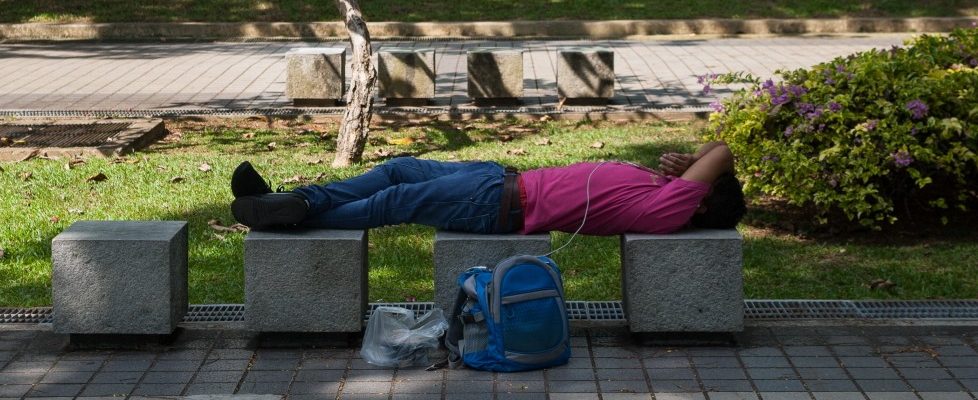It is getting warmer and warmer in Germany, for many people the heat is unbearable. Temperatures of well over 35 degrees are no longer a rarity in summer in this country. And the number of hot days is likely to increase in the coming years due to climate change. This also has an impact on working life: “People are not as efficient as usual when it’s very hot,” says Johannes Nießen, “poor sleep without cooling down at night also leads to concentration problems.”
For the chairman of the Federal Association of Physicians in the Public Health Service (BVÖGD), it is therefore obvious that people in Germany will in future orientate themselves towards regions where the heat has long been part of everyday life. In view of the high temperatures, the medical officers are suggesting the introduction of a siesta working method, as in southern countries. Nießen says to the editorial network Germany (RND): “Getting up early, working productively in the morning and taking a siesta at noon is a concept we should adopt in the summer months.”
The basic idea of the siesta is to relax during the hot midday, when you can hardly work productively anyway, and to recharge your batteries for the rest of the day with a nap.
In the heat, it is better to postpone complex work requirements until the early hours of the morning, adds physician Nießen. “Sufficient fans and lighter clothing are needed, even if the dress code in the office doesn’t allow it.” It is important to drink a lot more and eat light food in several smaller portions. “A cold footbath under the desk would be another way to cool down in the home office,” says Nießen the RND.
He warns to pay attention to the first alarm signals of heat illnesses: These are about severe headaches, dry hot skin, confusion, tachycardia and an increased breathing rate as well as vomiting and impaired consciousness. “Heat can be deadly,” warns Nießen.
And what rules apply when it’s hot at work? It is in the interest of the employer to organize the working conditions in such a way that writes the Chamber of Industry and Commerce for Munich and Upper Bavaria (IHK)that employees remain efficient and health impairments are avoided. In principle, a room temperature that is conducive to health must be present.
“If the temperature at the workplace exceeds 30 degrees, the employer must take appropriate measures,” writes the IHK. Exactly what those are is not specified. And if it gets even hotter? At more than 35 degrees, the workplace is no longer suitable as such according to the workplace directive. Then the employer has to intervene, for example by organizing breaks in cooler rooms.
The German Trade Union Confederation (DGB) calls for offices to be closed at more than 35 degrees if the employer does not offer tools such as air showers and heat breaks. Board member Anja Piel calls on employers to regularly prepare heat hazard assessments to protect employees. “Working in the heat is stressful for employees and, in the worst case, endangers their health,” Piel told RND. “Hazard assessments are still not a standard in companies – an omission by employers that is completely unacceptable in the face of climate change and extreme summers.”

